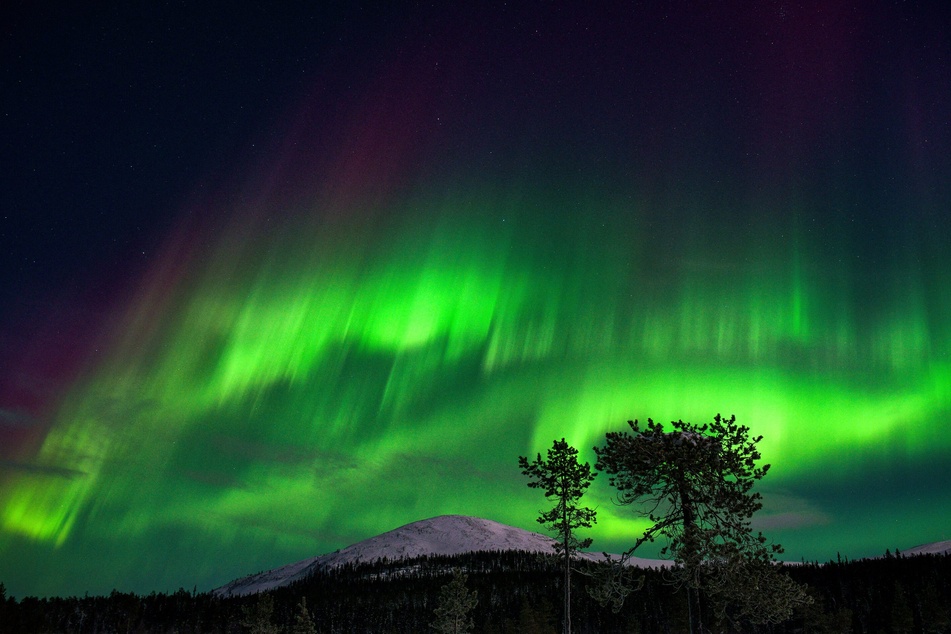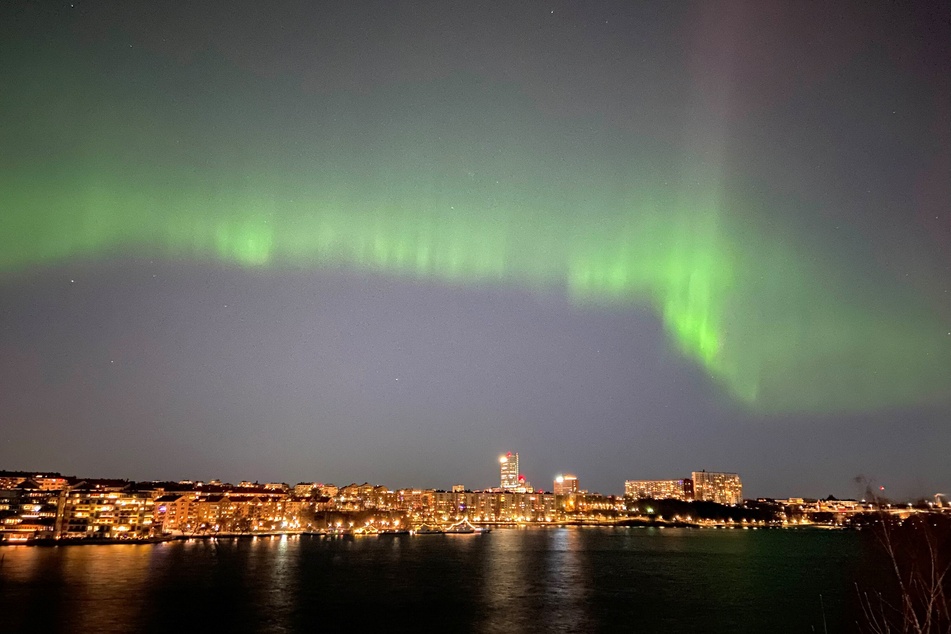Northern lights might be visible from the US mainland this week
Boulder, Colorado - Thanks to a strong geomagnetic storm, you might be able to see the Northern Lights in the US mainland this week.

Usually, the natural light phenomenon scientifically known as the aurora borealis occurs closer to the North Pole, which is why it's sometimes referred to as the polar lights.
According to the National Oceanic and Atmospheric Administration (NOAA) a strong geomagnetic storm might push the polar lights further south Thursday and Friday.
On a scale of G1 to G5, a G3 geomagnetic storm is strong enough to move the Northern Lights down. Stronger geomagnetic storms can cause disruptions to GPS and fluctuations in the power grid, but these impacts are unlikely during this week's event.
So as long as the skies are clear, people on the US mainland – specifically Pennsylvania, Iowa, and Oregon – might get a glimpse of the aurora borealis and its rippling waves of green, purple, or red light.
What's a geomagnetic storm got to do with the aurora?

Per NPR, during a geomagnetic storm, plasma and pieces of the Sun's magnetic field are projected into the atmosphere by high solar winds.
These clouds of charged particles – coronal mass ejections or CMEs – collide with Earth's magnetic field and create that awesome aurora display, per AccuWeather.
Essentially, this is what the Northern Lights are: the interaction between the solar winds and our magnetic fields. Full-blown solar storms make the aurora borealis that little bit more visible beyond the Earth's magnetic poles.
This particular storm stared last Sunday and is expected to peak on Thursday to a G3 level, coming to an end on Friday.
How to watch the aurora

Unlike other astronomical phenomenon like a solar eclipse, you don't need any kind of gear to see the auroras. You just need to be in the right spot.
People in Pennsylvania, Iowa, and Oregon have a good chance of seeing the eerie but beautiful dancing lights just by looking up.
But if you're not among the lucky ones, you might still catch a shooting star: the Perseids Meteor shower is still going until September.
Cover photo: Irene Stachon / Lehtikuva / AFP